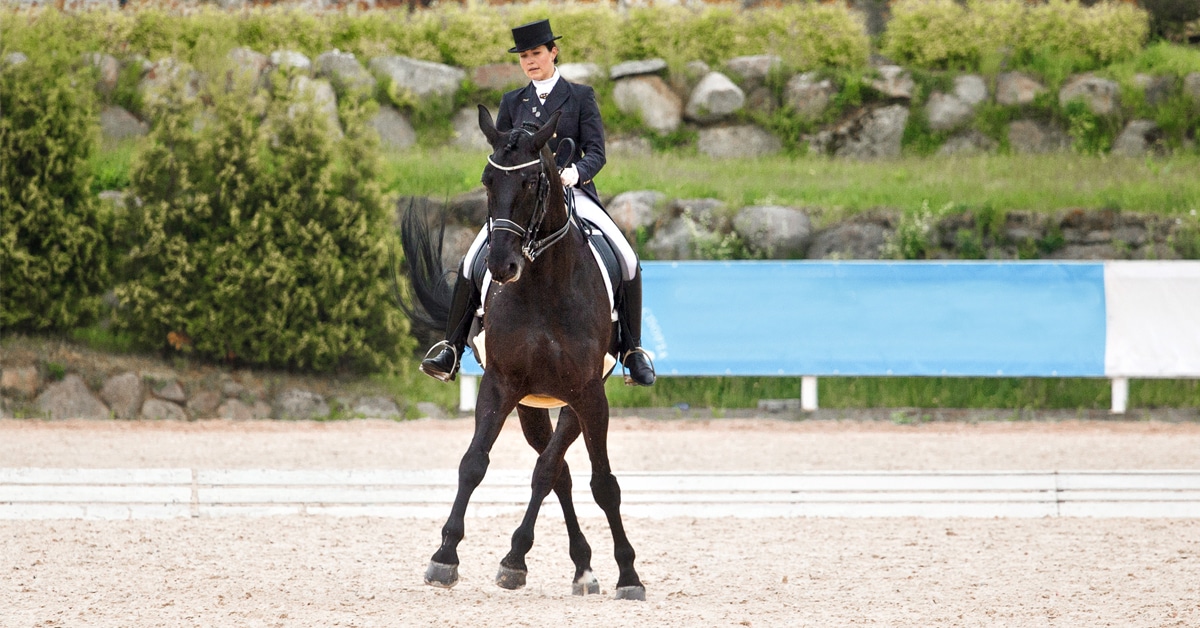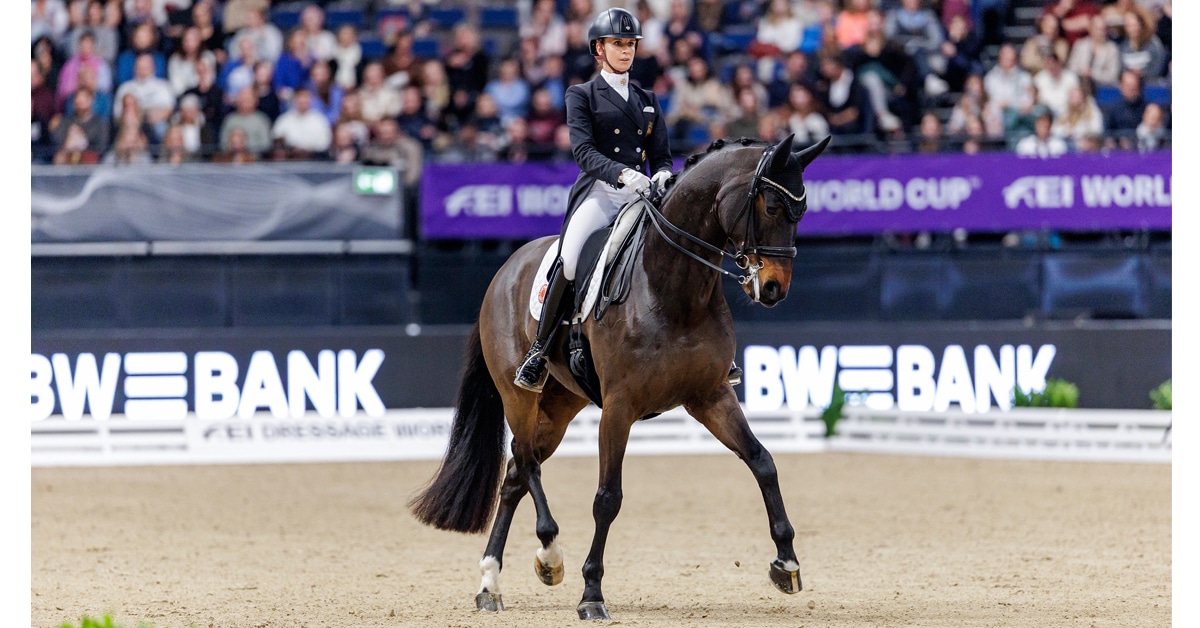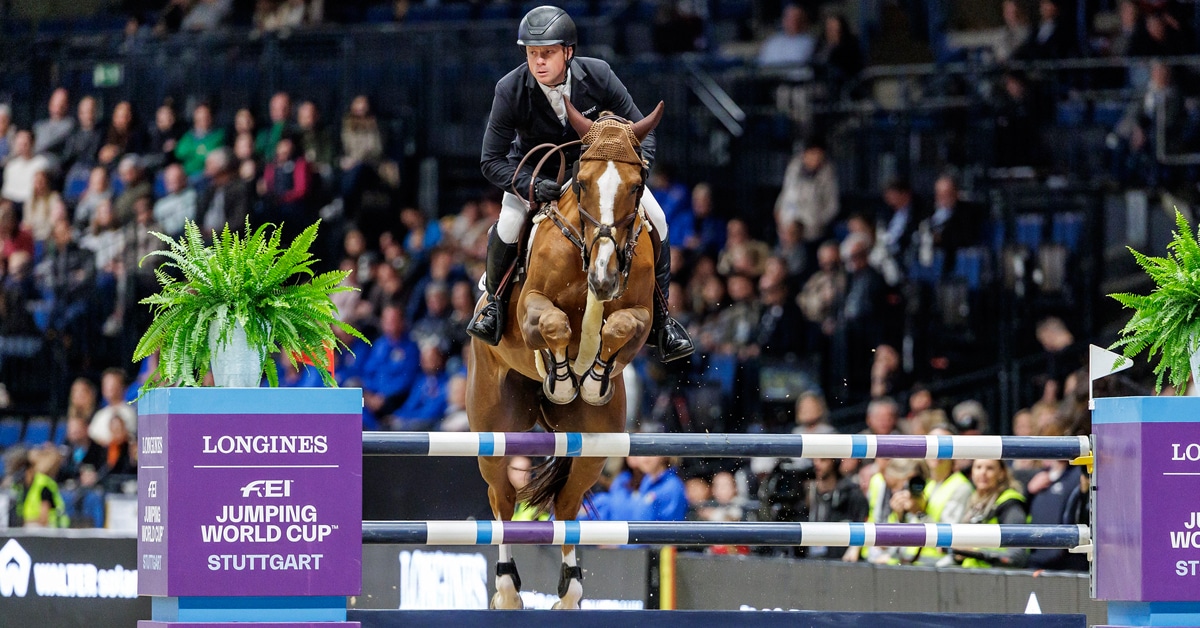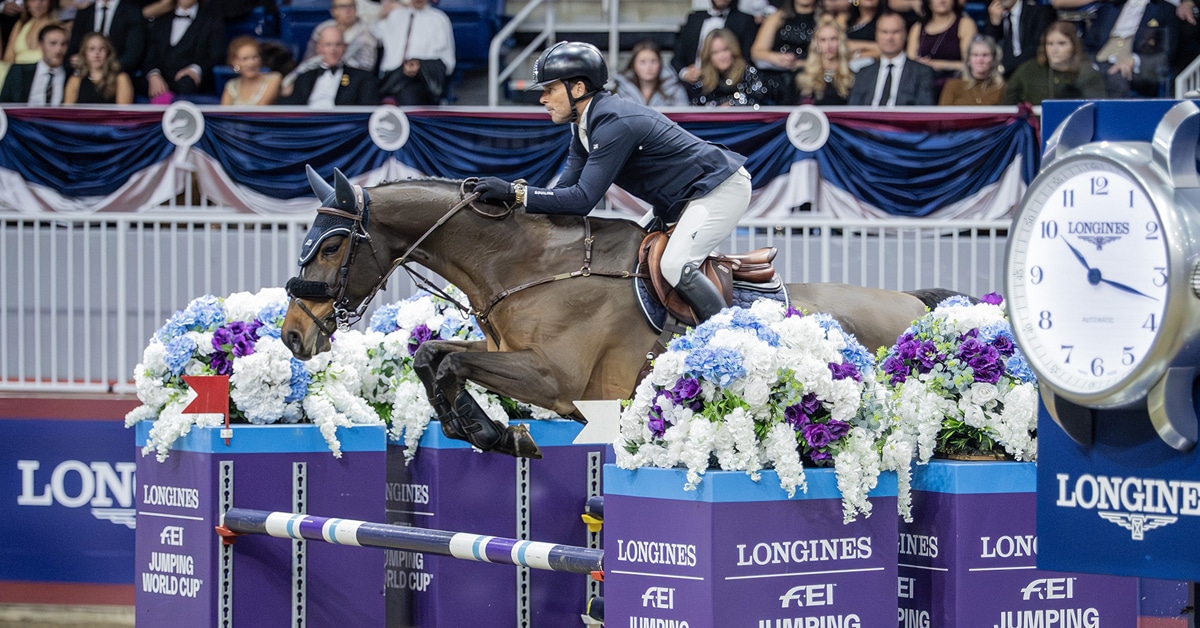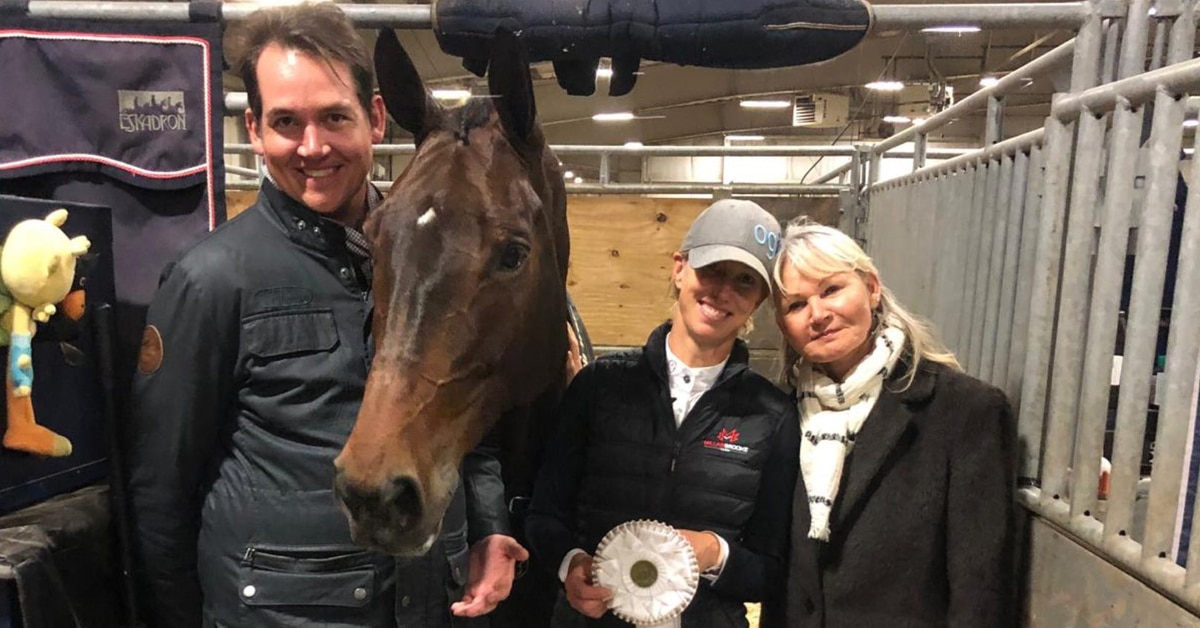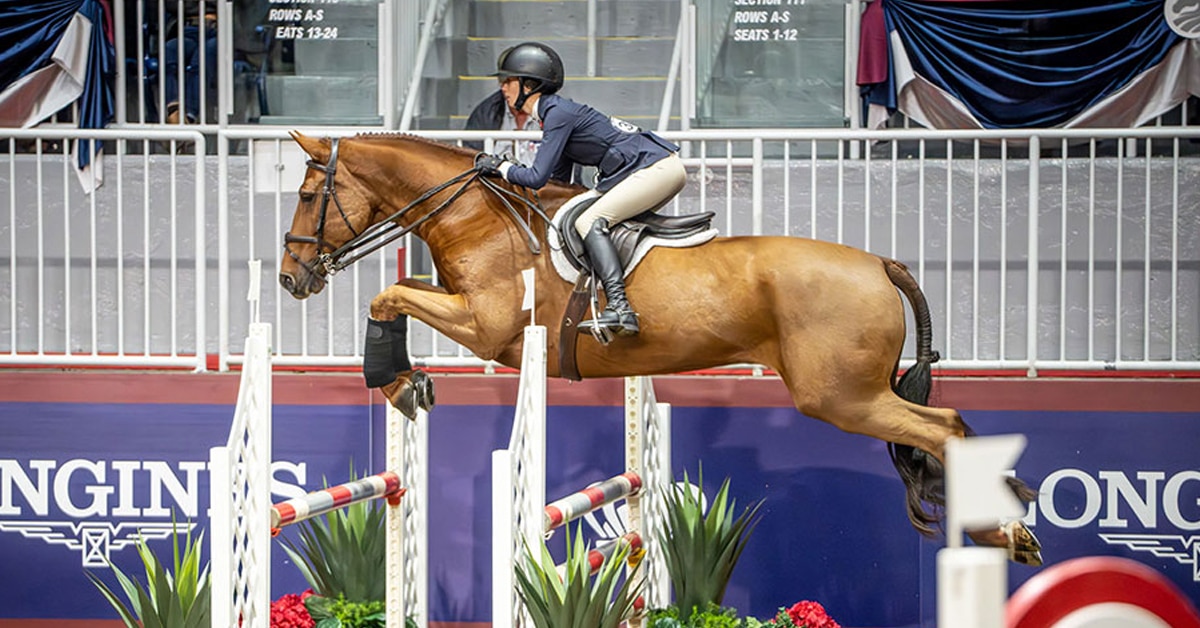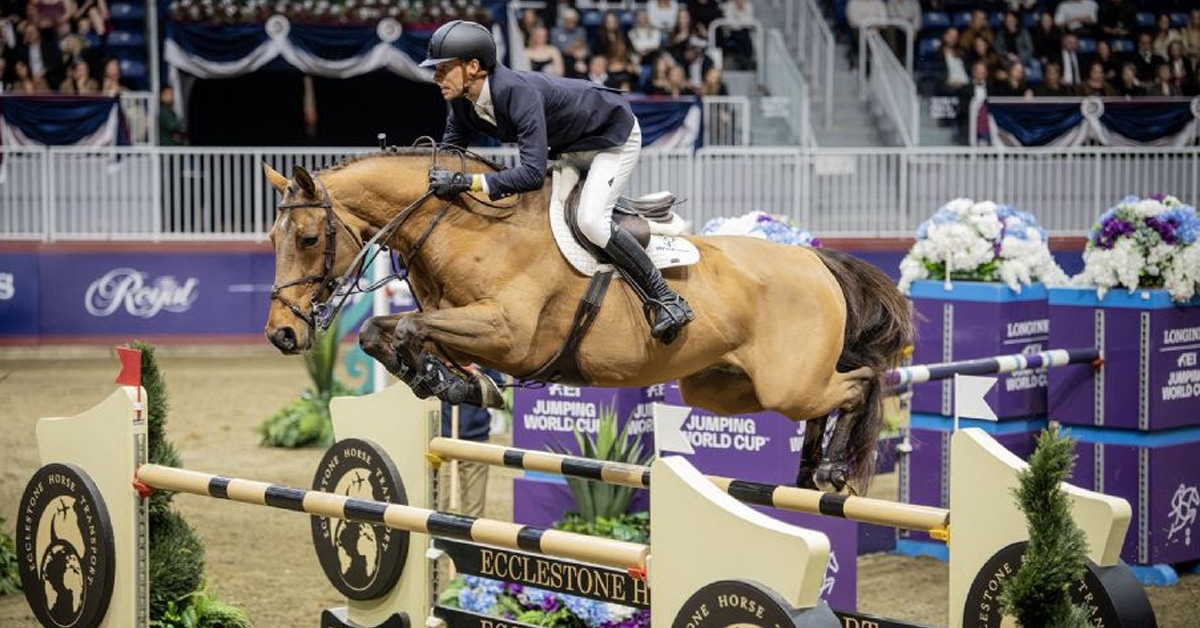Plans to extend out-of-competition dope-testing to FEI-registered horses, plus the right for the FEI to demand information on horse whereabouts from the owner, have been substantially modified following pushback from national federations over logistics.
The proposals form part of an extensive re-vamp of the FEI Equine Anti-Doping and Controlled Medication Regulations, due for approval at the FEI General Assembly in Abu Dhabi on Wednesday.
Information about these new anti-doping rules was circulated in March for input from NFs, but most did not provide any public feedback on the final draft, including Equestrian Canada. However, the German federation spoke for many during the last consultation phase, stating, “We consider it dangerous to link severe consequences to filing failures while the whereabouts system is not fully established and running smoothly. Any mistake is going to antagonize the entire equestrian community against the entire idea of out-of-competition testing.”
As in the human out-of-competition testing system, the plan calls for FEI testers to locate and visit the horse at its home base (or wherever it happens to be in-between shows), first notifying the owner/person responsible. To facilitate this, horses’ whereabouts must be known at all times; it is not clear how the FEI will decide who is selected for testing.
For the time being, any suspensions may solely apply to the horse — two-months is proposed — plus a warning for the person responsible, i.e. the owner, until liability and fault is discussed in more detail, especially where ownership might change over the period at issue. The FEI had initially suggested a suspension of up to two years for persons responsible, depending on the degree of suspicion over any deliberate attempt to prevent the horse being sampled.
Out-of-competition sampling (see pages 121-122 here) was recommended by the FEI’s Equine Ethics and Wellbeing Commission and brings horses in line with the human athlete provisions of the World Anti-Doping Agency (WADA) code, of which the FEI is a signatory.
However, 2024 saw two high-profile cases of riders in the human “testing pool” failing to notify their whereabouts and/or missing tests three times in 12 months. Whereabouts have to be logged on an app and both riders partially attributed their errors to difficulty with internet connections when in remote areas. But they were still handed lengthy suspensions — four years for the Italian eventer Vittoria Panizzon, and 18 months for French dressage rider Morgan Barbancon, whose initial three months ban by the French national anti-doping agency was increased six-fold by the Court of Arbitration for Sport.
Not all horses will be liable for out-of-competition testing, but there is still ambiguity over criteria for inclusion in the equine testing pool.
USEF believes that when properly applied, there would be a positive impact but thought current proposals “premature.” USEF added: “At this juncture there are too many unanswered questions. The details and implementation need to be transparent and available to provide meaningful comment.”
The FEI said: “While we appreciate that WADA has a full International Standard on the matter, it is premature to have a similar strict document at this stage. It is also important to highlight that at this stage, the FEI has merely stated it may implement a Registered Testing Pool and/or a Testing Pool; the FEI may choose not to have them.
“It would obviously apply very similar criteria that apply for human anti-doping testing. The FEI is fully aware of the potential extra work on all parties concerned (Athletes, Support Personnel, Horse Owner, NFs, and FEI HQ) and thus the FEI will need to look into any potential implementation.”
FEI endurance is the one discipline that has compulsory registration of trainers. In endurance alone, the trainer will be responsible for a positive out-of-competition test, missed test or whereabouts violation, rather than the owner, unless there is proof of the latter’s involvement.
More News
